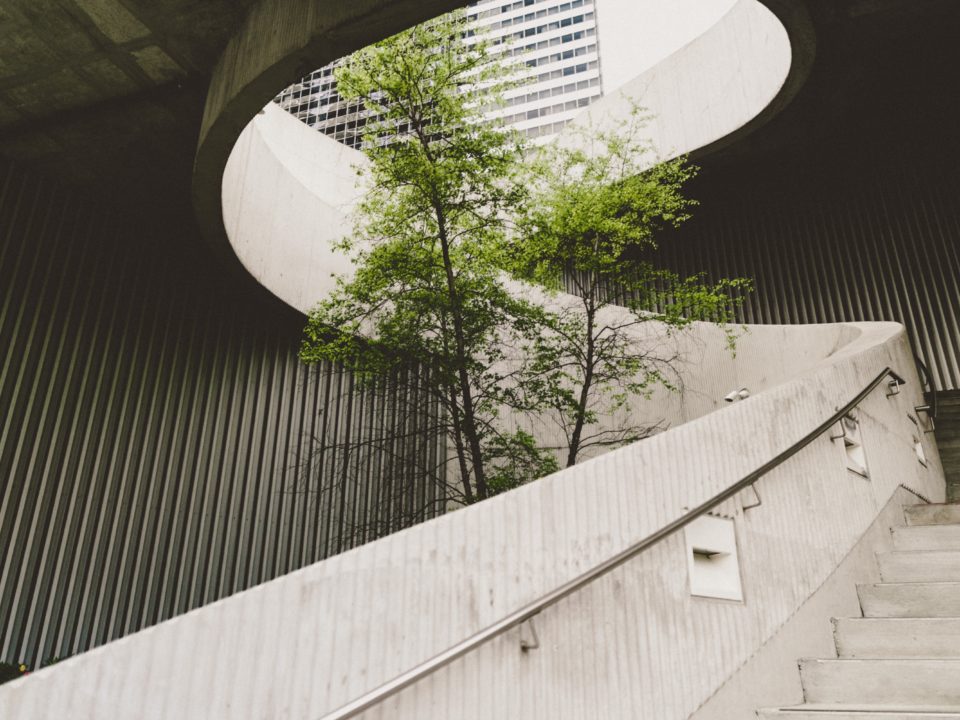Green buildings have been around for a long time, but certain myths keep coming round again and again. What is fascinating is that the same myths filter around the world. I have conversations in Africa, Latin America, and Europe, and we end up talking about the same issues.
One of the underlying difficulties is that everyone has a different idea of what a green building is. We covered this in a different blog so we won’t go into the details here but we need to use common language and have a shared understanding of what a green building is.
From our side, we use the World Bank definition (also commonly used by investors around the world) that defines a green building as one that uses at least 20 percent less energy, water and embodied energy in materials, compared to a local benchmark.
Let’s jump into debunking the most common green building myths.
Green Buildings Are Expensive
This is the biggest myth in the market globally and the biggest reason why developers and owners/occupiers are deterred from building green.
But here is the big secret: building green does NOT have to be more expensive. And there are several examples of buildings which can be delivered at no extra cost. It’s all a matter of considered design, and timing. Now granted, how you define a green building matters, but the general principles are the same.
Let’s talk timing first. If you design a building to include efficiency measures from the beginning, you can ensure that the incremental cost is negligible. Thinking ahead and having the right data (hint: EDGE App) means you can make the most cost-effective decisions that have the biggest return for the environment, as well as the company’s bottom line.
IFC has done research into different countries and different typologies of real estate and has proven that the return on investment of building green pays off in a very short period of time. You can look up the research based on building typology or based on region.
The UK Green Building Council recently did a study looking at the cost and feasibility of building net zero buildings. The report shows the short-term costs of implementing net zero designs, and states that the cost is offset by increased rental premiums, increased occupancy and the avoided regulatory risk of having to retrofit new builds once net zero becomes building code.
For those looking at retrofitting existing buildings, the challenge is harder. In this case, it’s more about perspective. What time frame are you evaluating the cost over? Are you including the savings in your calculations? What return on investment are you looking for to justify the upfront cost? The analysis cannot be limited to a pure cost comparison between taking action versus not, because any refurbishment will cost money. However, the perspective can significantly change the cost-benefit analysis.
So, are green buildings expensive? No. The key is to follow a hierarchy that prioritises reducing consumption, then introducing efficiency measures and implementing renewable energy technologies as a final step, if needed. With the right data in hand, you can make strategic, data-driven decisions and keep your incremental costs negligible.
Green Buildings Need Specific Features
Up until now, green buildings have primarily been seen as a luxury, and there is a perception in the market that green buildings all have solar panels, for example, or features such as a green roofs or living walls. This narrative feeds into the first myth and perpetuates the idea that green buildings are expensive because they rely on these types of technologies.
Let’s come back to the definition of a green building. How we define a green building affects our perception. Focusing on quantifiable resource efficiency with the World Bank definition means companies can adopt solutions that make most sense for their type of building, the location and their budget, instead of trying to fit into a set idea. The local supermarket around the corner likely won’t look exactly the same as Amazon’s headquarters in Seattle, but they can both be considered green because they can both implement resource efficiency measures such as water-efficient fixtures and a reduced window-to-wall ratio.
Green Buildings Do Not Bring Value
There are numerous benefits for green buildings and a multitude of studies to prove it. To name but a few:
- Developers can command higher sales prices for green certified homes, ranging from 4 to 9% higher;
- Green homes sell as much as 4 times faster;
- Occupants save 15-20% on lower utility bills for green homes;
- The re-sale value is 4-10% higher;
- Banks enjoy up to 33% lower default rates from buyers of green homes.
If we take some EDGE-specific examples, clients from around the world have reported higher tenant capacity rates, higher commercial rates, reduction in sales time, and reduced investments in marketing due to the certification.
If that’s not value, I don’t know what is!
Green Buildings Are A Fad
There are so many market factors that are driving climate mitigation and sustainability globally that green buildings truly aren’t going anywhere. The built environment is a core part of our society and contributes almost 20 percent of global greenhouse gas emissions. With a global focus on reducing emissions, greening the built environment will play a big role in corporate strategies for many years to come. Legislation will also change to drive emissions reductions, which changes the question from “can I afford to build green?” to “can I afford not to build green?”
The quicker we can debunk the myths that have been perpetuating the status quo, the quicker we can move to what really matters: getting as many green buildings around the world as we can.





